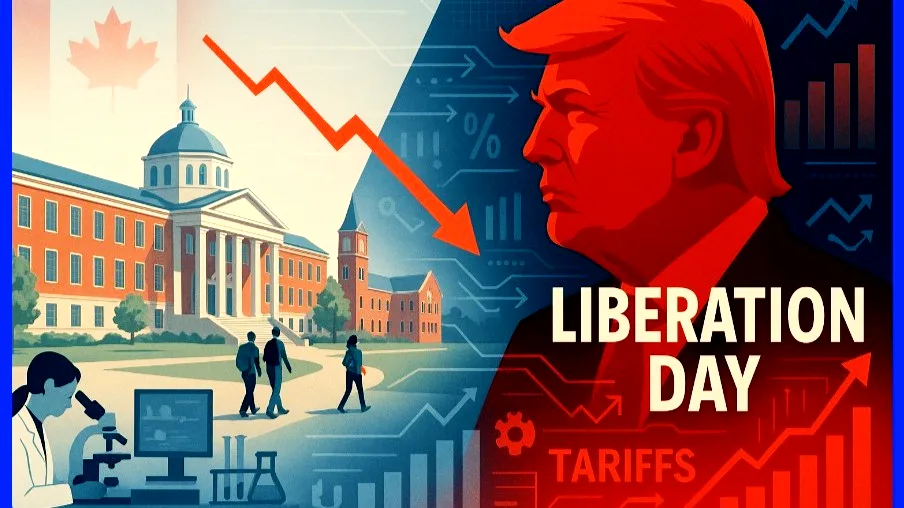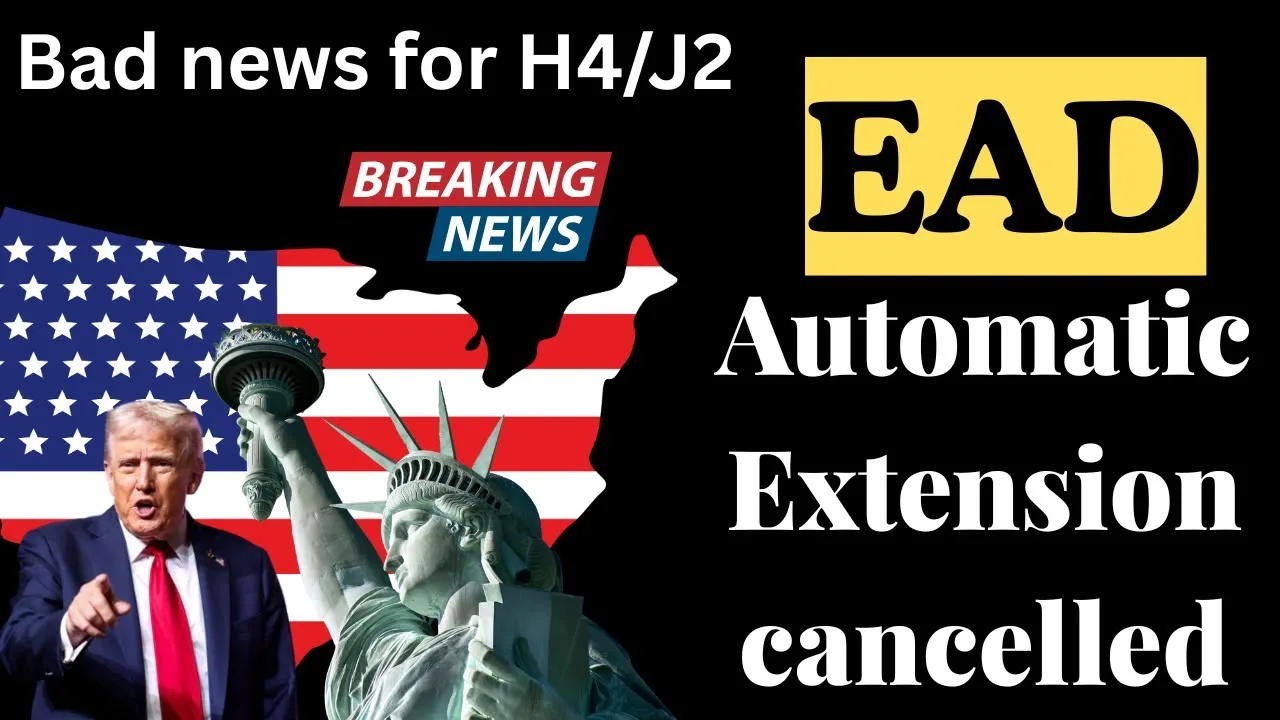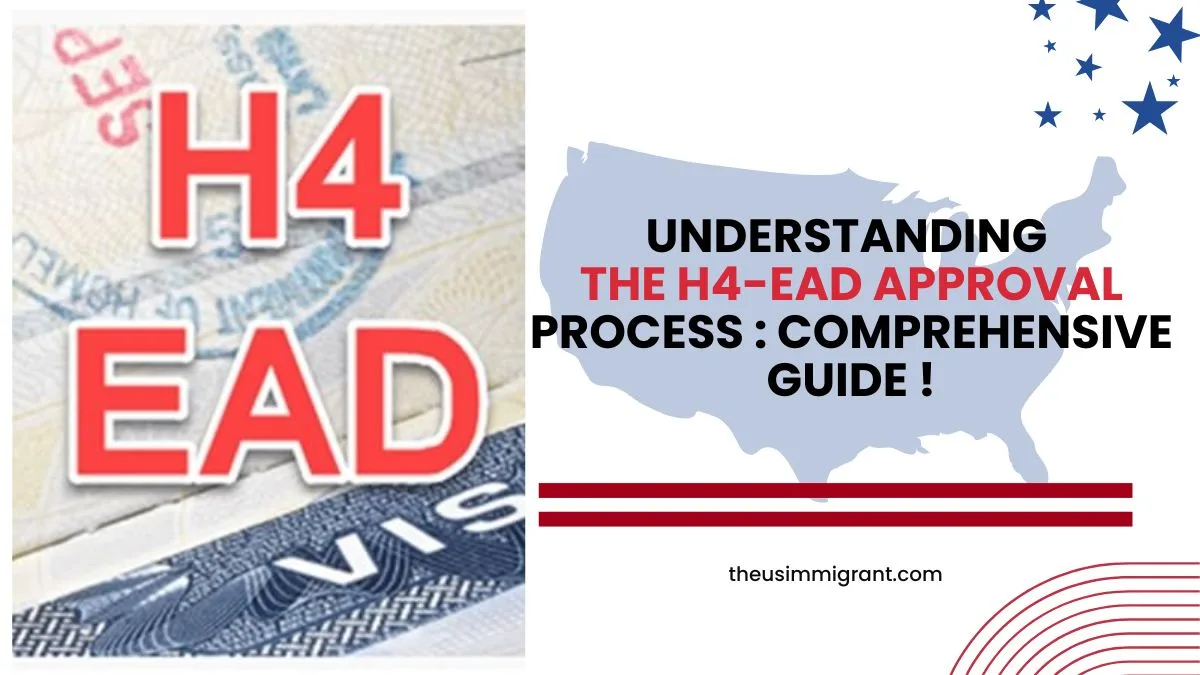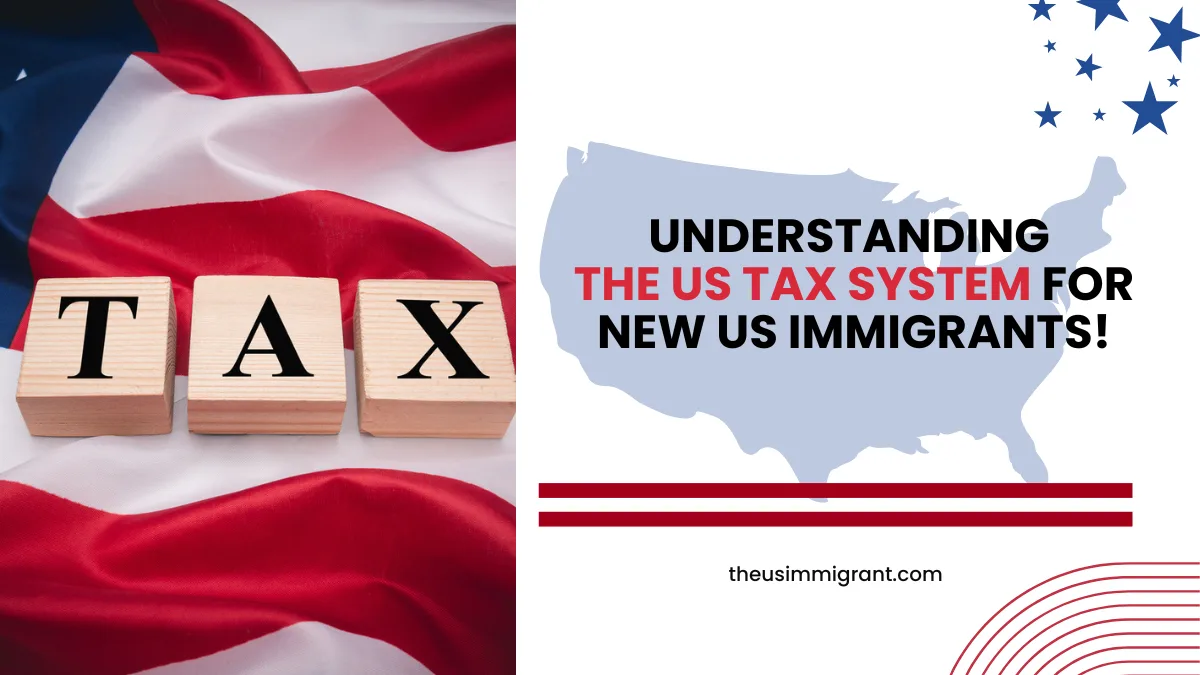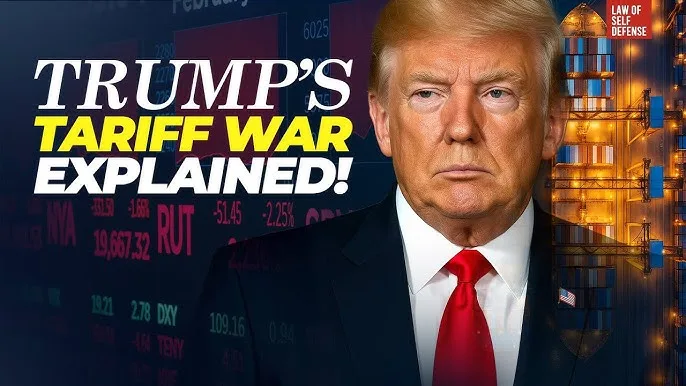
A Declaration of Economic Independence or a Risky Gamble?
After announcing the recent H1B New Rules, President Donald Trump announced sweeping new tariffs on April 2, 2025, in what he called a “declaration of economic independence.”
Dubbed “Liberation Day,” the move escalates the global trade war he initiated during his presidency.
The tariffs range from 10% to 54% and target imports from over 60 countries, including key trading partners like China, Vietnam, and the European Union.
While Donald Trump claims these measures will revive American manufacturing and reduce reliance on income taxes, critics warn they could plunge the U.S. economy—and much of the world—into recession.
The New Tariff Structure: Who’s Affected?
The tariffs include a baseline rate of 10% on all imports, with higher rates for countries deemed “worst offenders.” Here’s a breakdown of the most significant tariff rates:
| Country/Region | New Tariff Rate | Key Details |
|---|---|---|
| Cambodia | 49% | Highest rate due to alleged use of sweatshop labor. |
| Vietnam | 46% | Targeted for currency manipulation and trade barriers. |
| China | 54% | Includes a new 34% tariff on top of an existing 20% rate; impacts $439 billion in annual imports. |
| European Union (EU) | 20% | Aimed at addressing perceived non-tariff barriers to U.S. goods. |
Effective Dates :
Universal 10% tariff: April 5, 2025
Country-specific rates: April 9, 2025
Packages under $800 from China and Hong Kong: May 2, 2025
This means Americans ordering from Chinese retailers like Shein or AliExpress will face significantly higher costs starting in May.
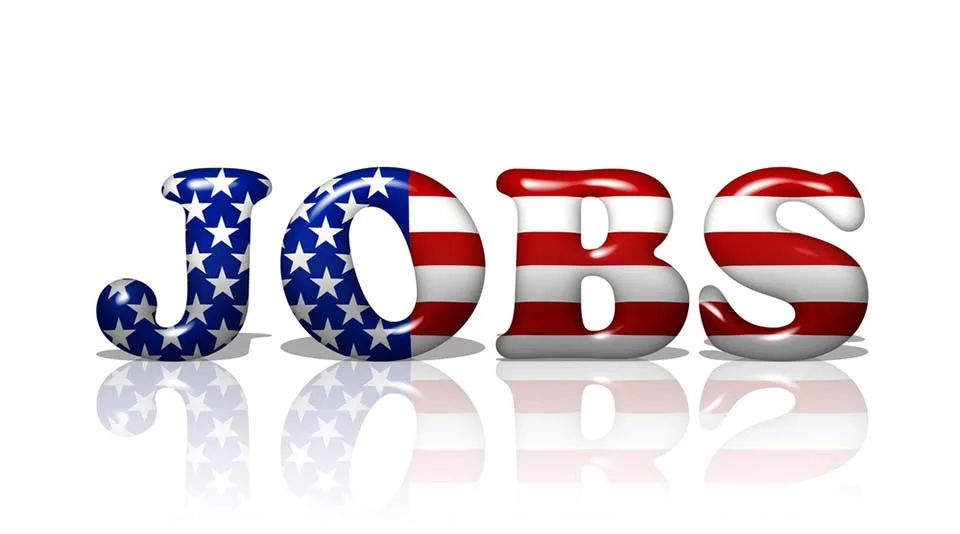
Trump’s Justification: “Jobs Will Come Roaring Back”
At a Rose Garden event, Donald Trump defended the tariffs as a necessary step to protect American jobs and industries. “It’s our declaration of economic independence,” he proclaimed. He argued that foreign nations impose higher tariffs and non-monetary trade barriers on U.S. goods, making these measures necessary to level the playing field.
Trump also suggested that tariff revenue could eventually replace income taxes as the government’s primary source of funding—a claim widely disputed by economists.
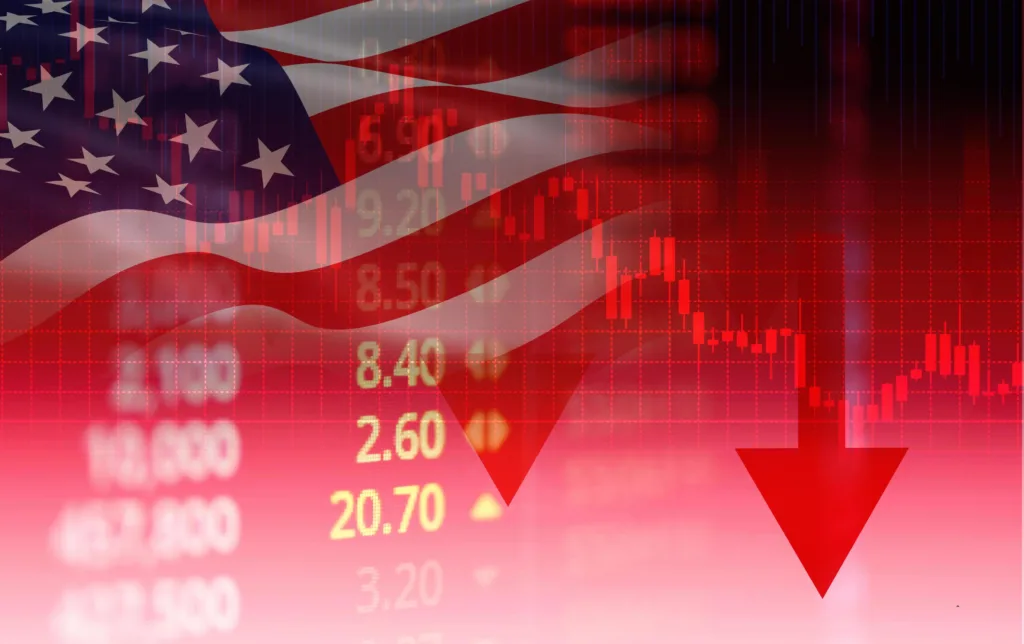
Economic Fallout: Rising Costs and Market Declines
The announcement sent shockwaves through financial markets:
The Dow Jones Industrial Average dropped 0.61%, while the S&P fell 1.69%.
The Nasdaq Composite suffered the steepest decline at 2.54%, reflecting concerns about tech supply chains.
Economists warn that these tariffs could exacerbate inflation and disrupt global supply chains already strained by pandemic-era challenges. David Beckworth, a senior research fellow at the Mercatus Center, described the tariffs as “a perfect recipe for stagflation,” referring to simultaneous inflation and economic stagnation.
Historical Parallels: Echoes of Smoot-Hawley
Trade experts likened Donald Trump’s tariffs to those imposed under the Smoot- Hawley Tariff Act of 1930, which deepened the Great Depression by sparking retaliatory measures from trading partners. Scott Lincicome and Colin Grabow of the Cato Institute criticized Donald Trump’s strategy as “detached from reality,” warning that it would ultimately hurt American consumers through higher prices.
Global Reactions: Retaliation on the Horizon
While no countries announced immediate countermeasures, foreign leaders hinted at potential retaliation. Treasury Secretary Scott Bessent urged restraint, saying, “If you retaliate, that’s how we get escalation.”
However, many nations indicated they were “running the numbers” on reciprocal actions against U.S. exports.
Limited Exceptions for North American Trade Partners
Goods from Canada and Mexico that comply with the United States-Mexico-Canada Agreement (USMCA) will be exempt from these tariffs—for now.
This exception underscores Trump’s ongoing emphasis on renegotiating trade agreements during his presidency.
Critics Speak Out: Risks to Consumers and Allies
Economists and trade analysts remain skeptical of Donald Trump claims that tariffs will boost domestic manufacturing without harming consumers.
Critics point out that tariffs are effectively taxes paid by importers—costs that are often passed on to consumers in the form of higher prices.
Olu Sonola, head of U.S. Economic research at Fitch Ratings, warned that prolonged tariff rates could push multiple countries into recession. He said,

What Comes Next? Escalation or Negotiation?
The new tariffs add uncertainty to an already tense global trade environment. Businesses have been calling for clarity since Donald Trump’s November victory but now face even greater unpredictability as countries weigh their responses.
For consumers already grappling with high inflation and rising interest rates, these tariffs represent yet another financial burden. Meanwhile, American exporters brace for potential retaliatory measures that could further strain international relations.
Final Summary:
Key Takeaways from “Liberation Day” Tariffs
New Tariff Rates Announced: A universal 10% tariff takes effect on April 5, with higher rates (up to 54%) for specific countries starting April 9.
China Faces Steepest Penalties: Chinese imports will incur a total tariff rate of up to 54%, impacting both large shipments and packages under $800 beginning May 2.
Economic Risks Loom: Economists warn of stagflation risks and parallels to the Smoot-Hawley Tariff Act of 1930.
Global Retaliation Expected: While no immediate countermeasures were announced, several nations hinted at potential responses.
Exemptions for USMCA Partners: Goods from Canada and Mexico complying with USMCA rules are temporarily exempt.
Market Impact: Stock markets reacted negatively; Nasdaq saw a sharp decline of over 2%.
As this story develops, it remains to be seen whether Trump’s bold gamble will deliver economic gains or deepen global tensions.

